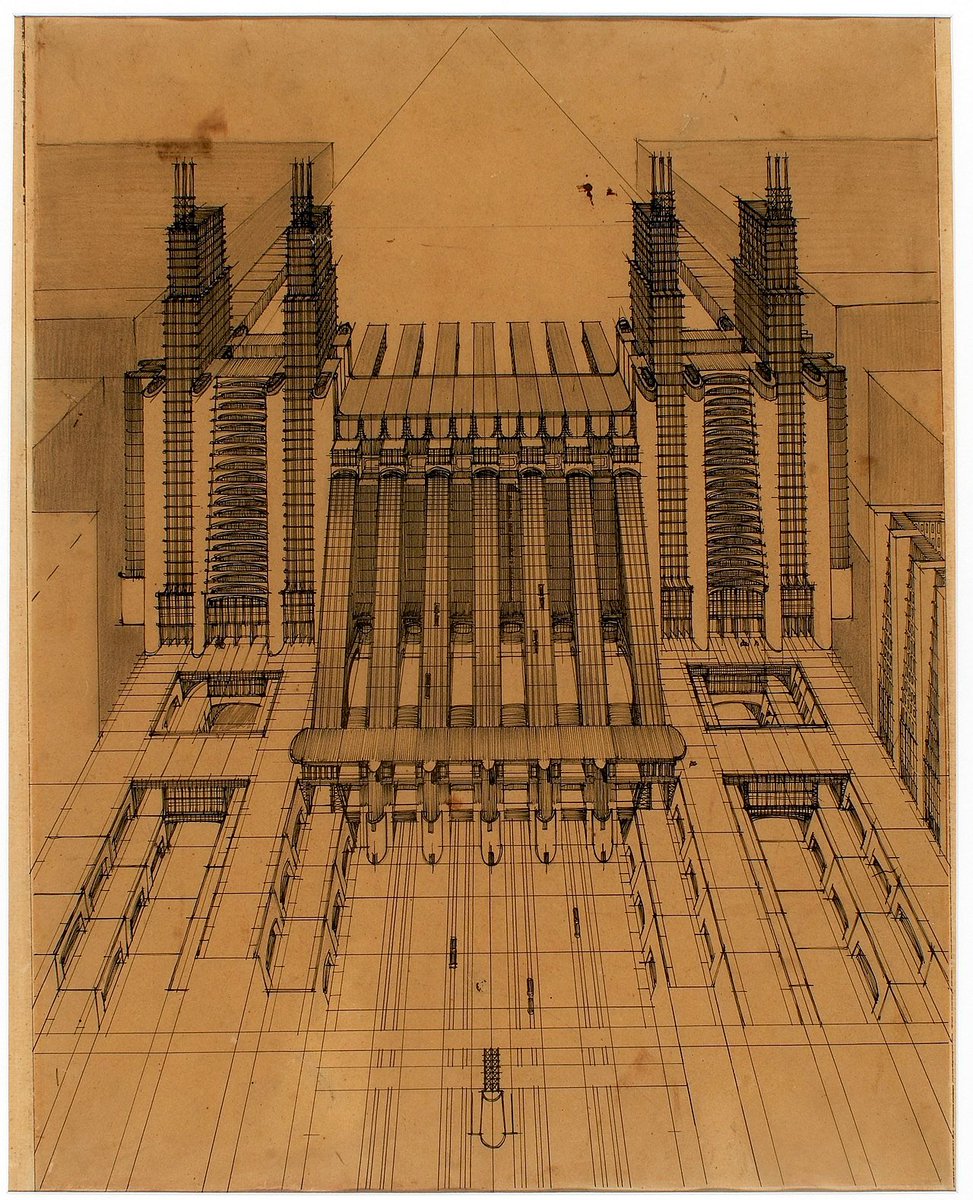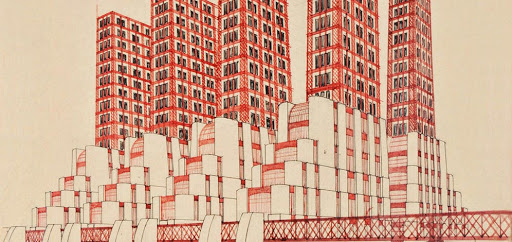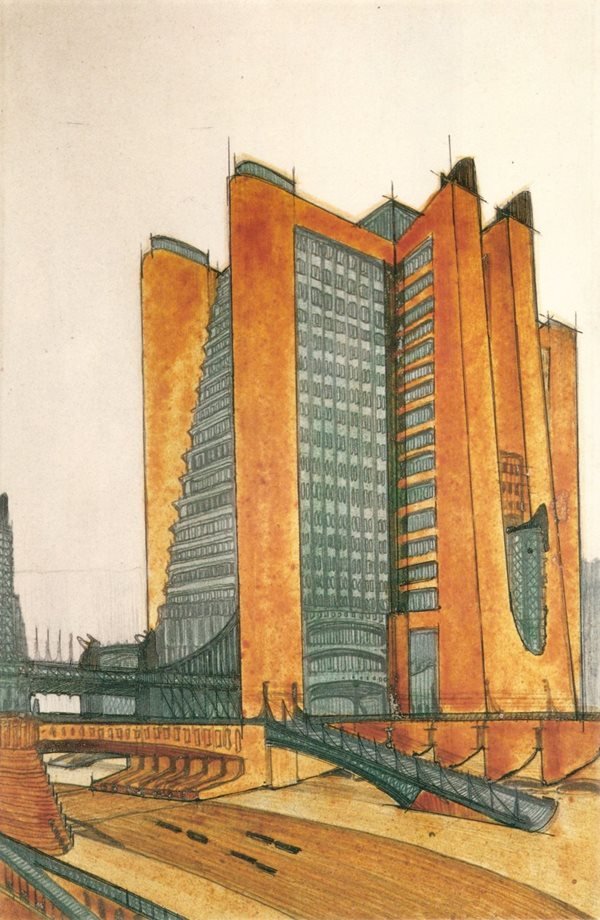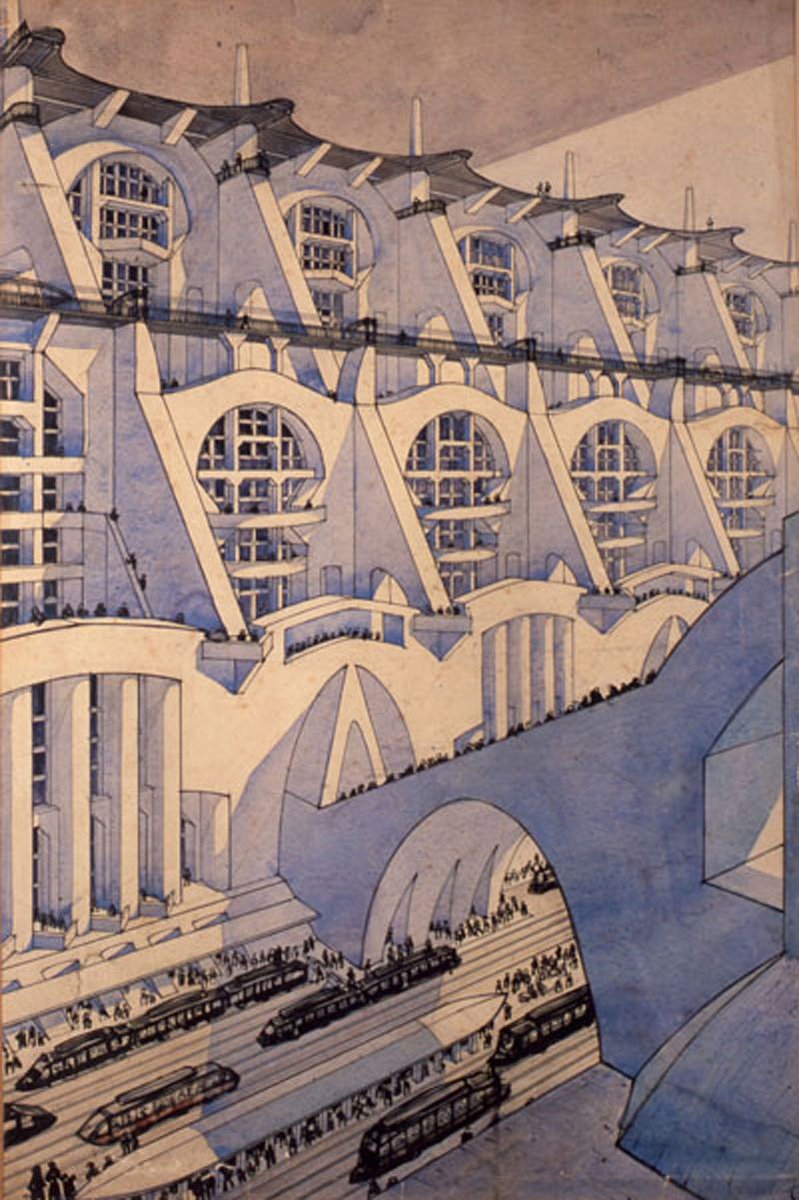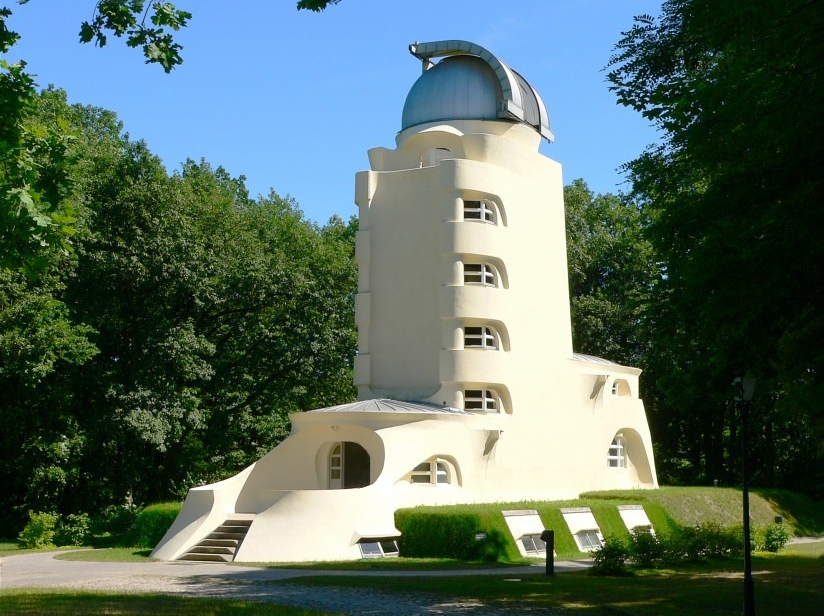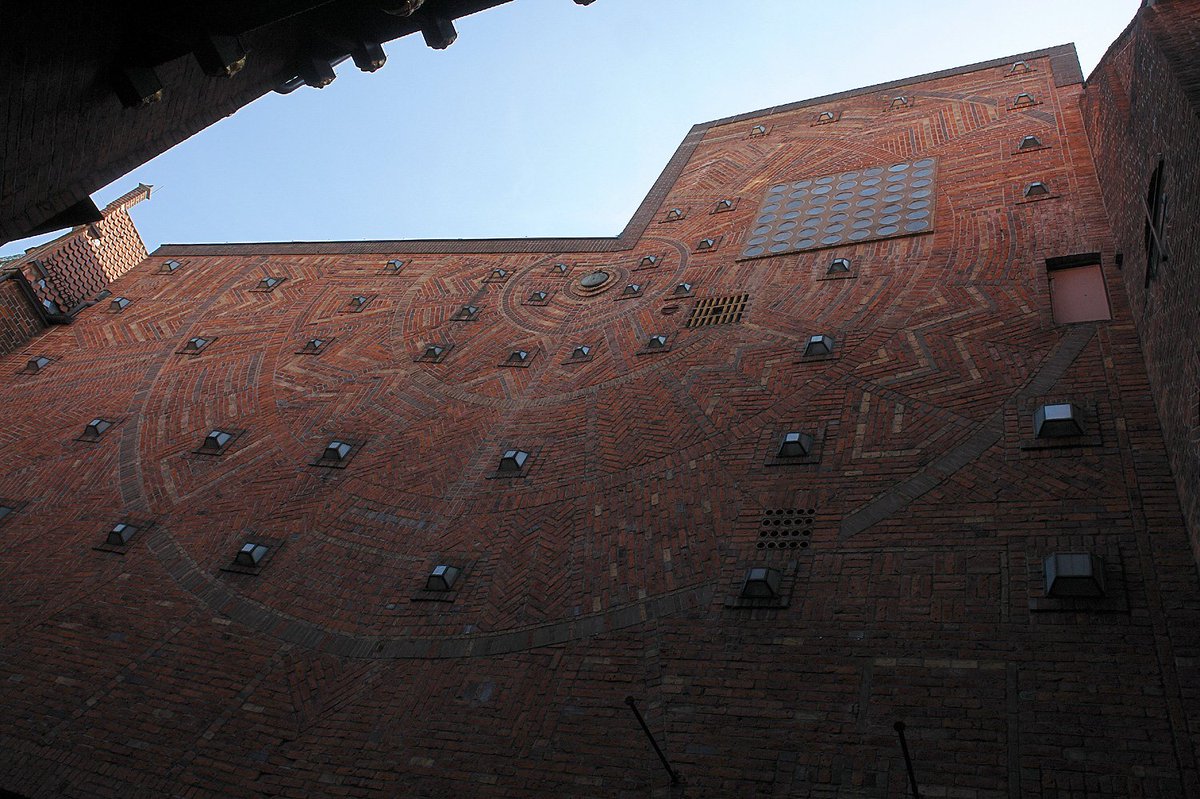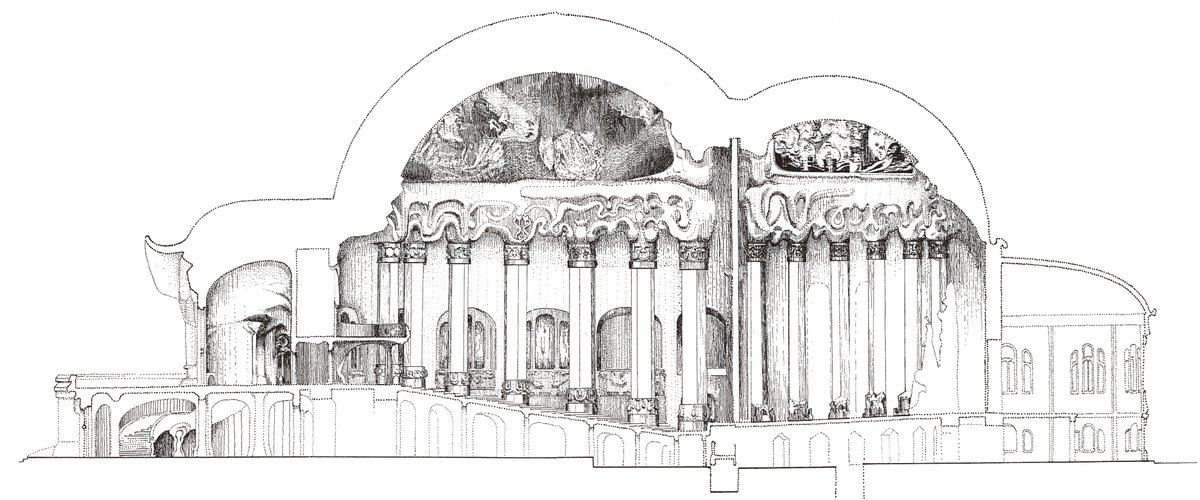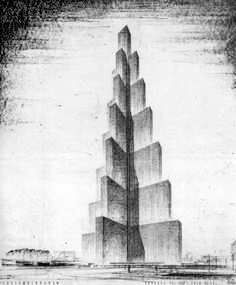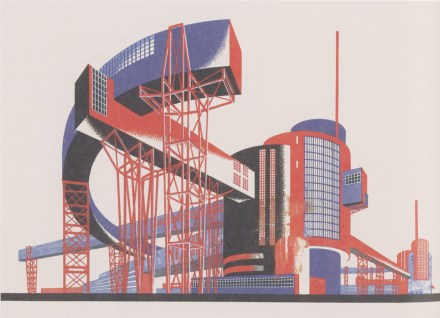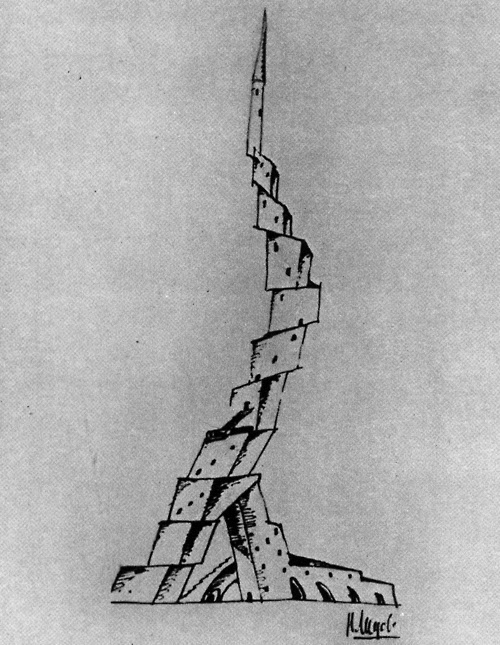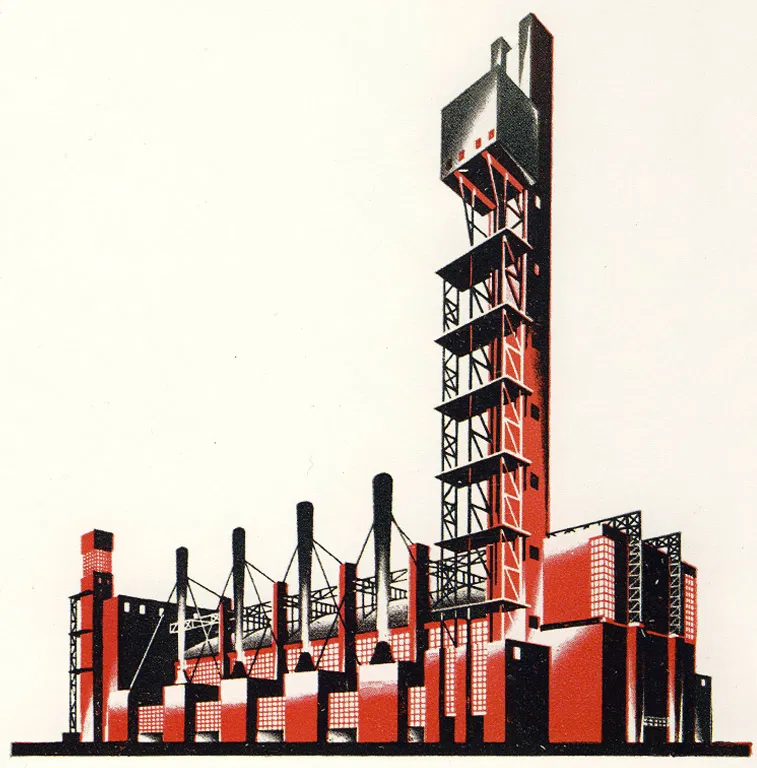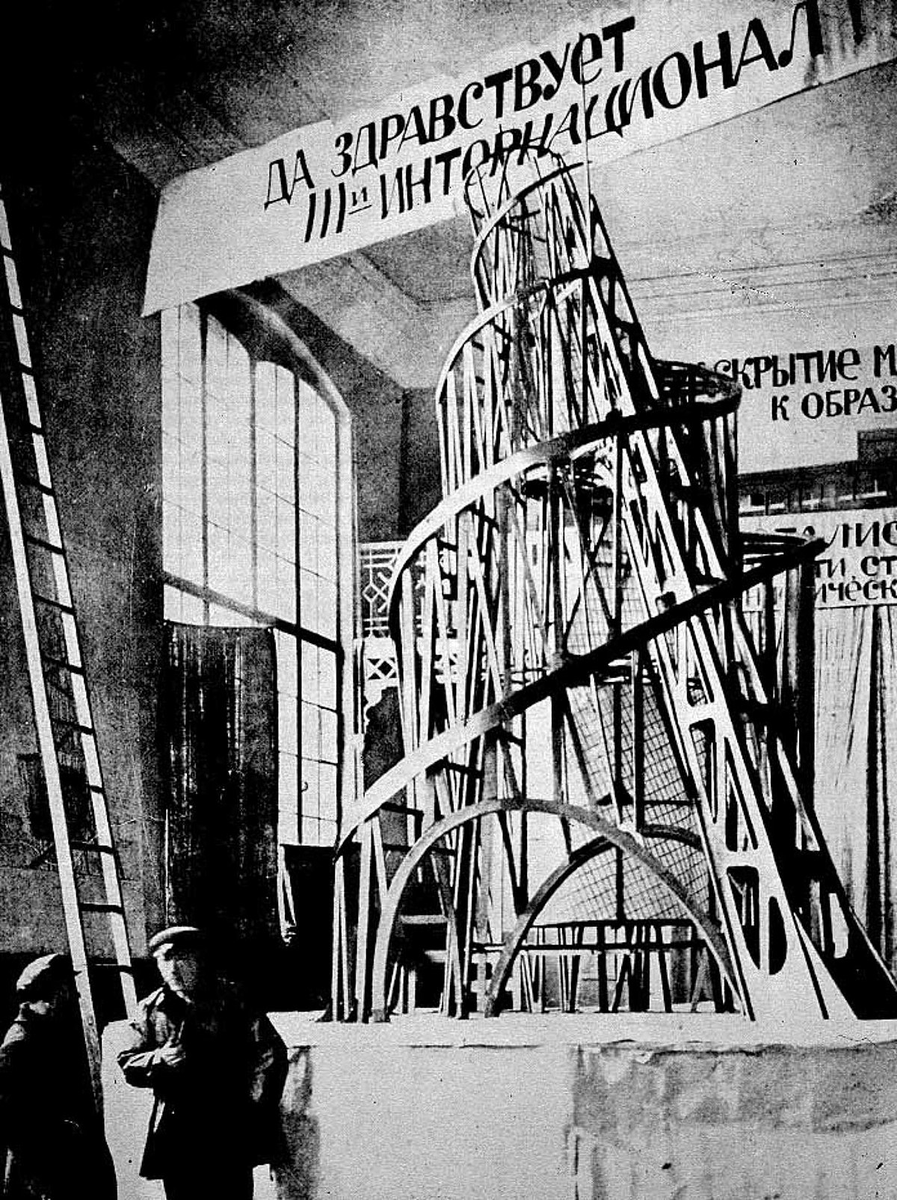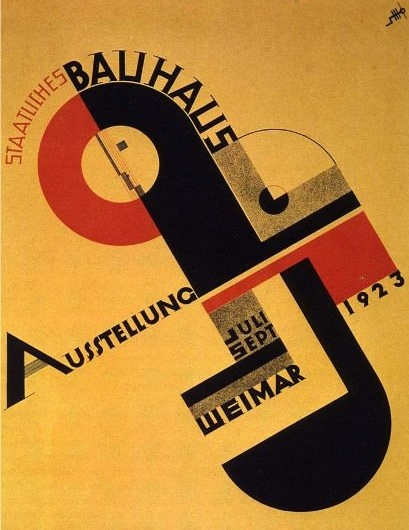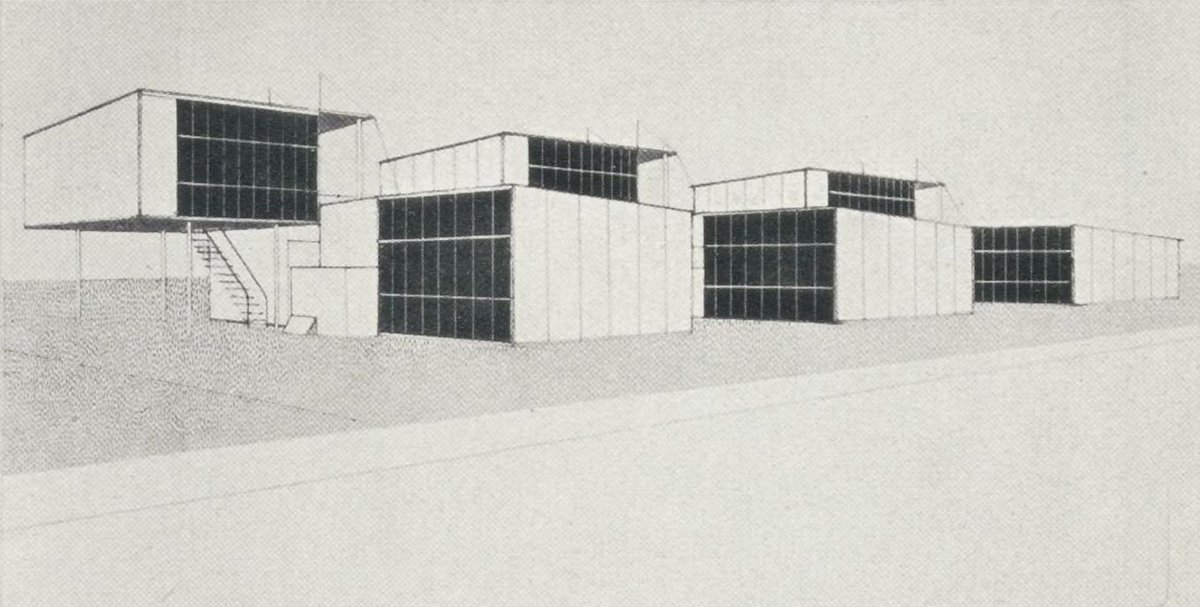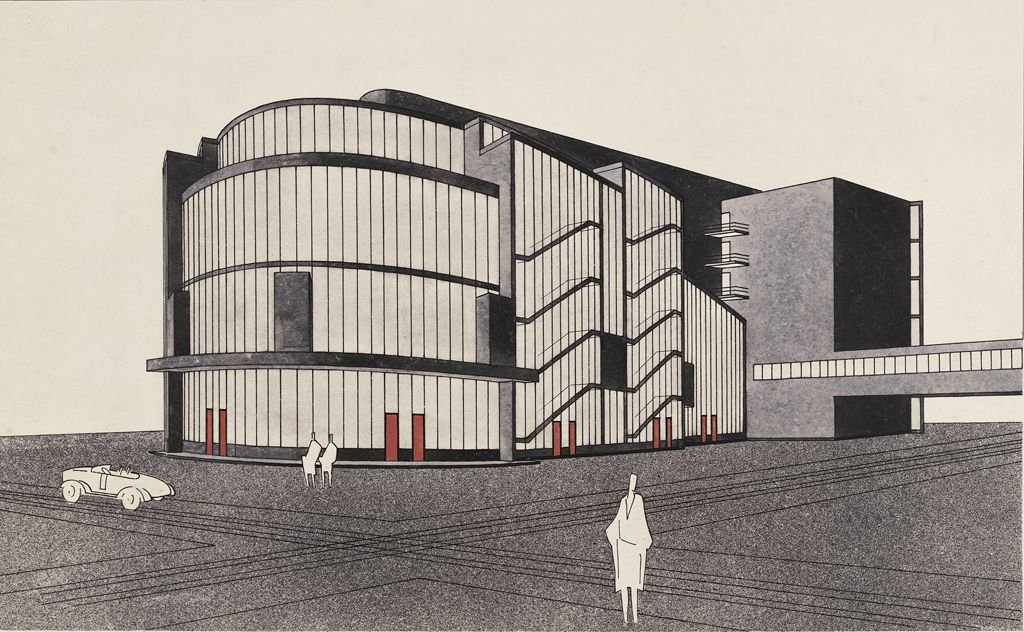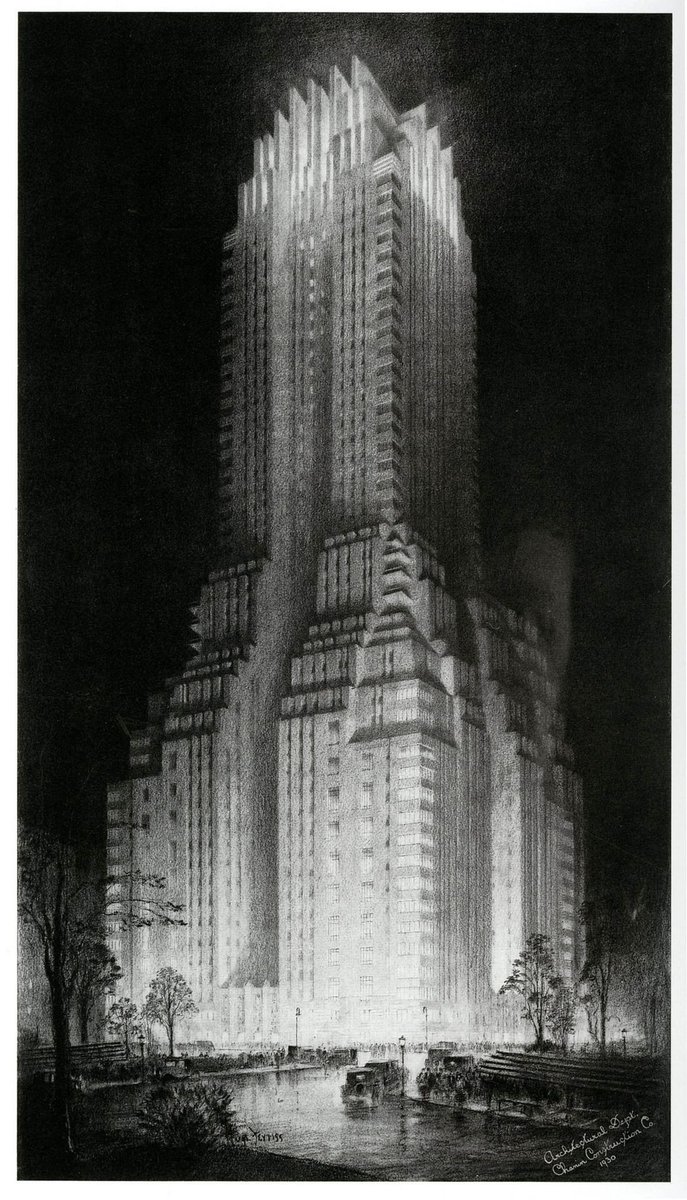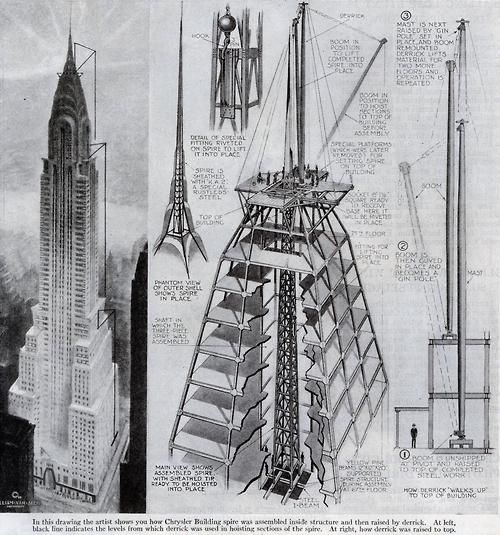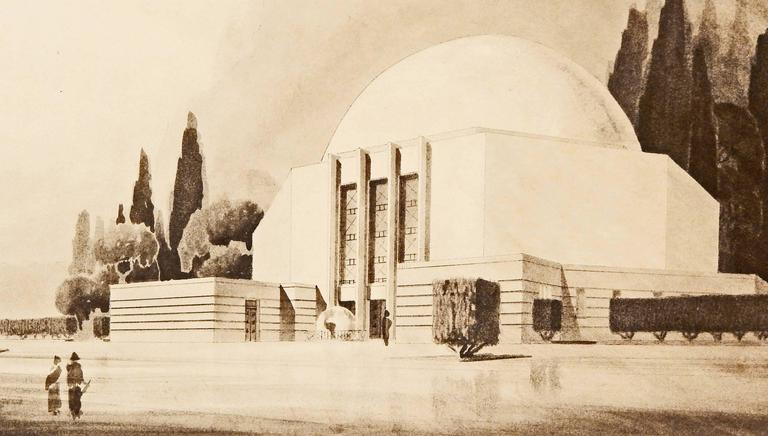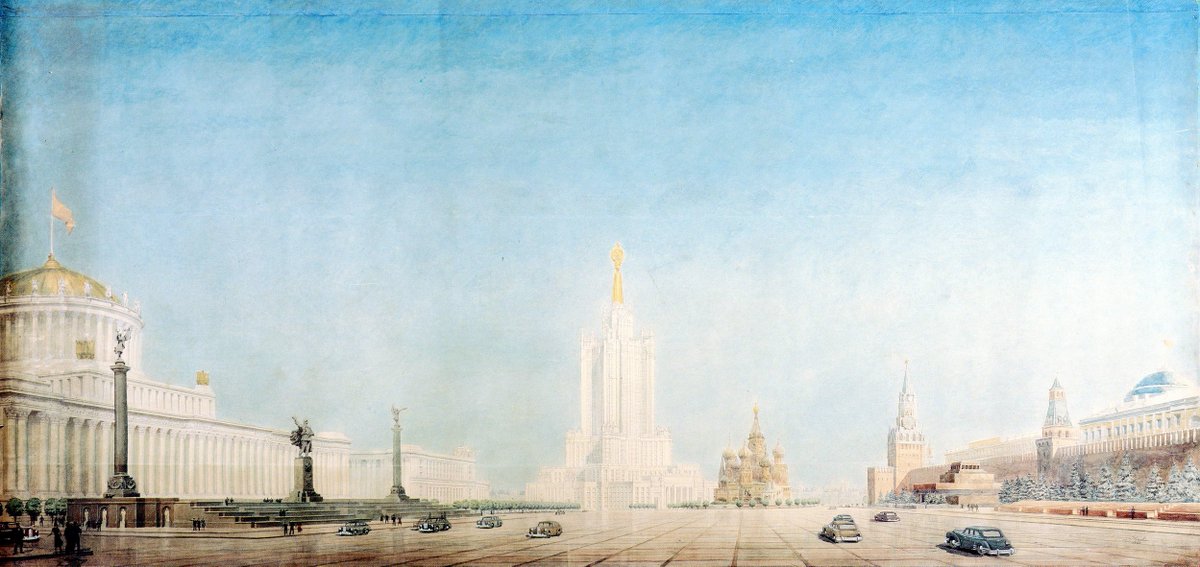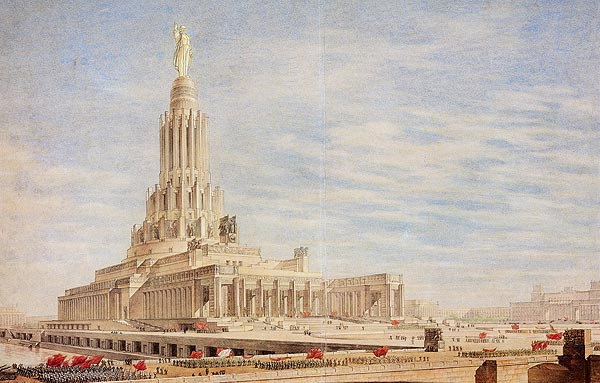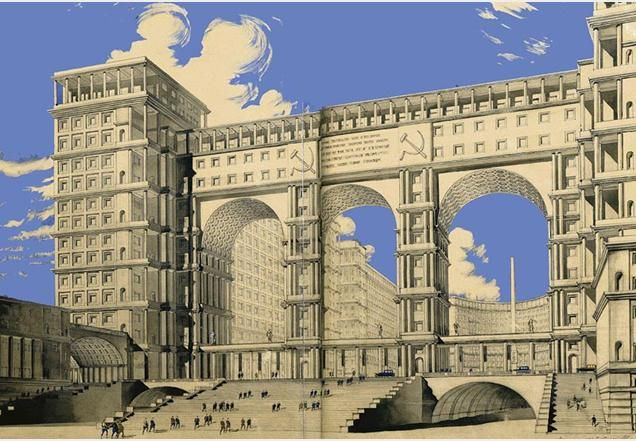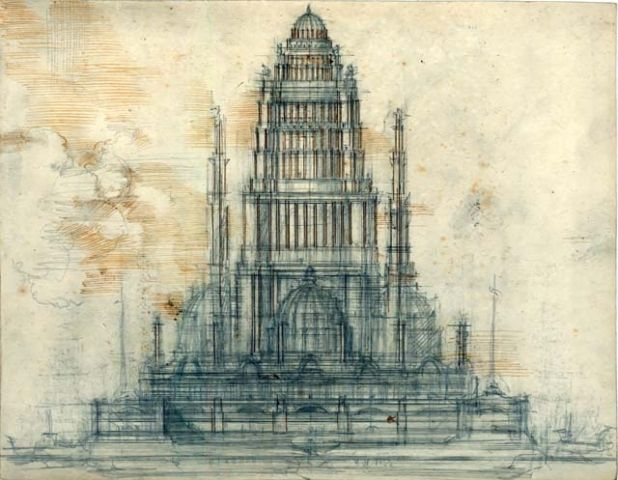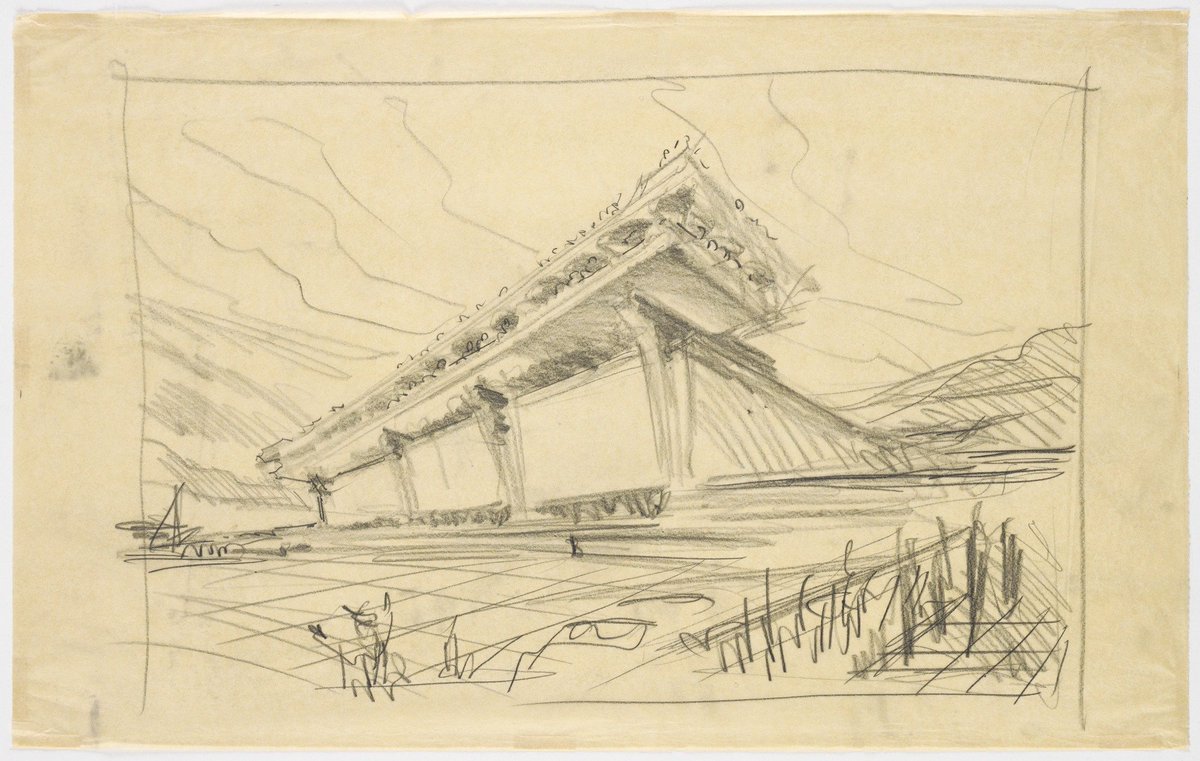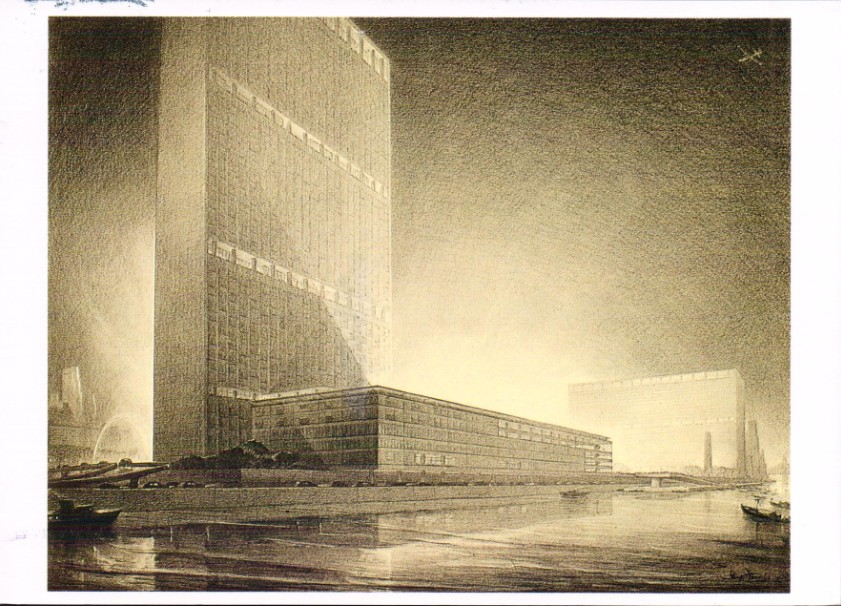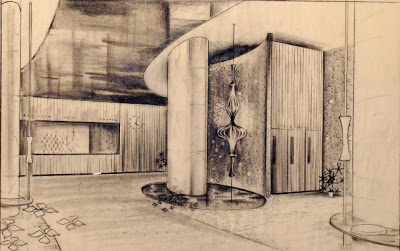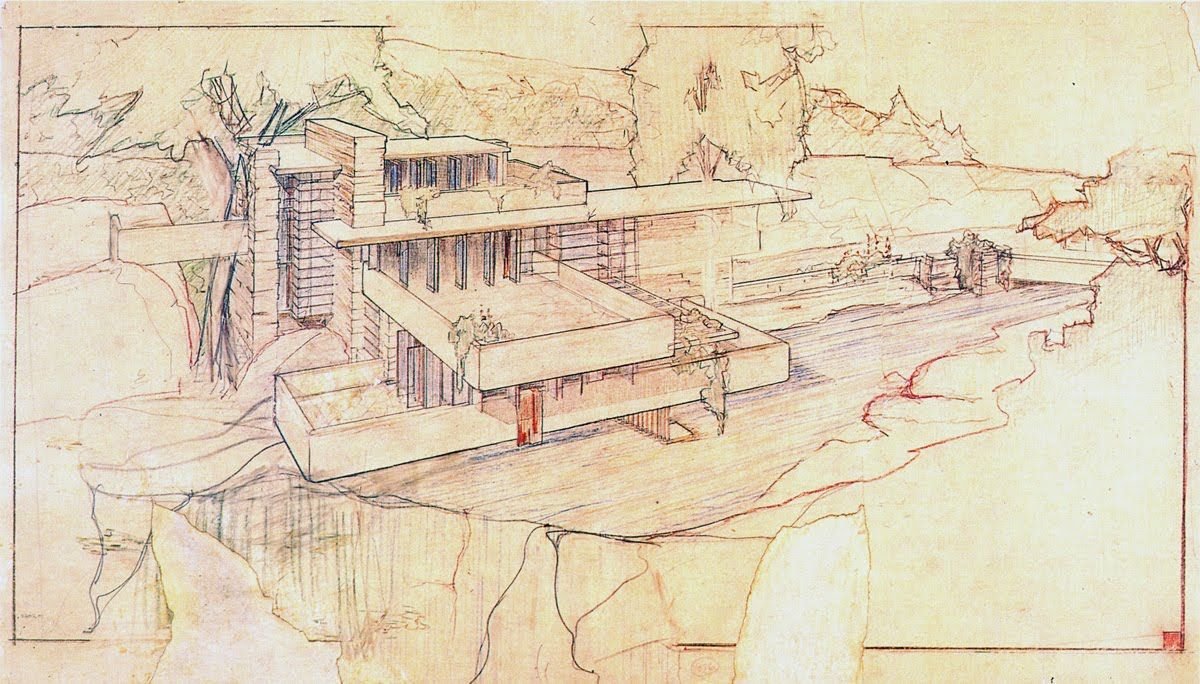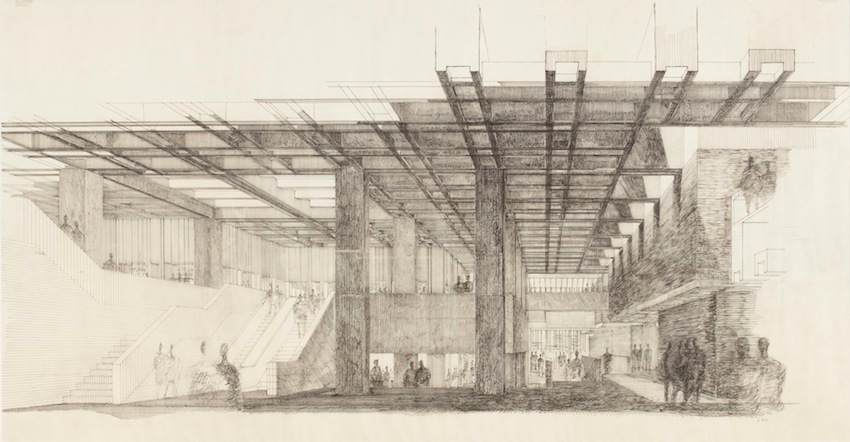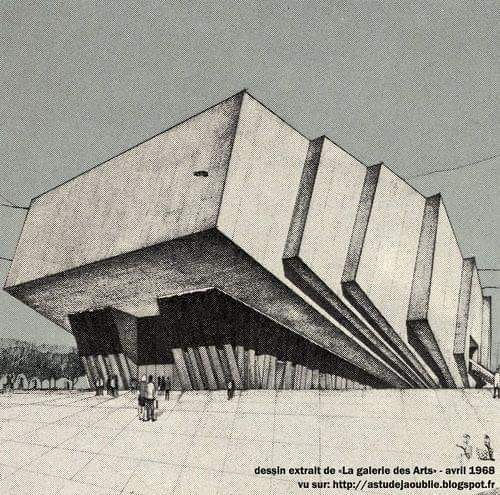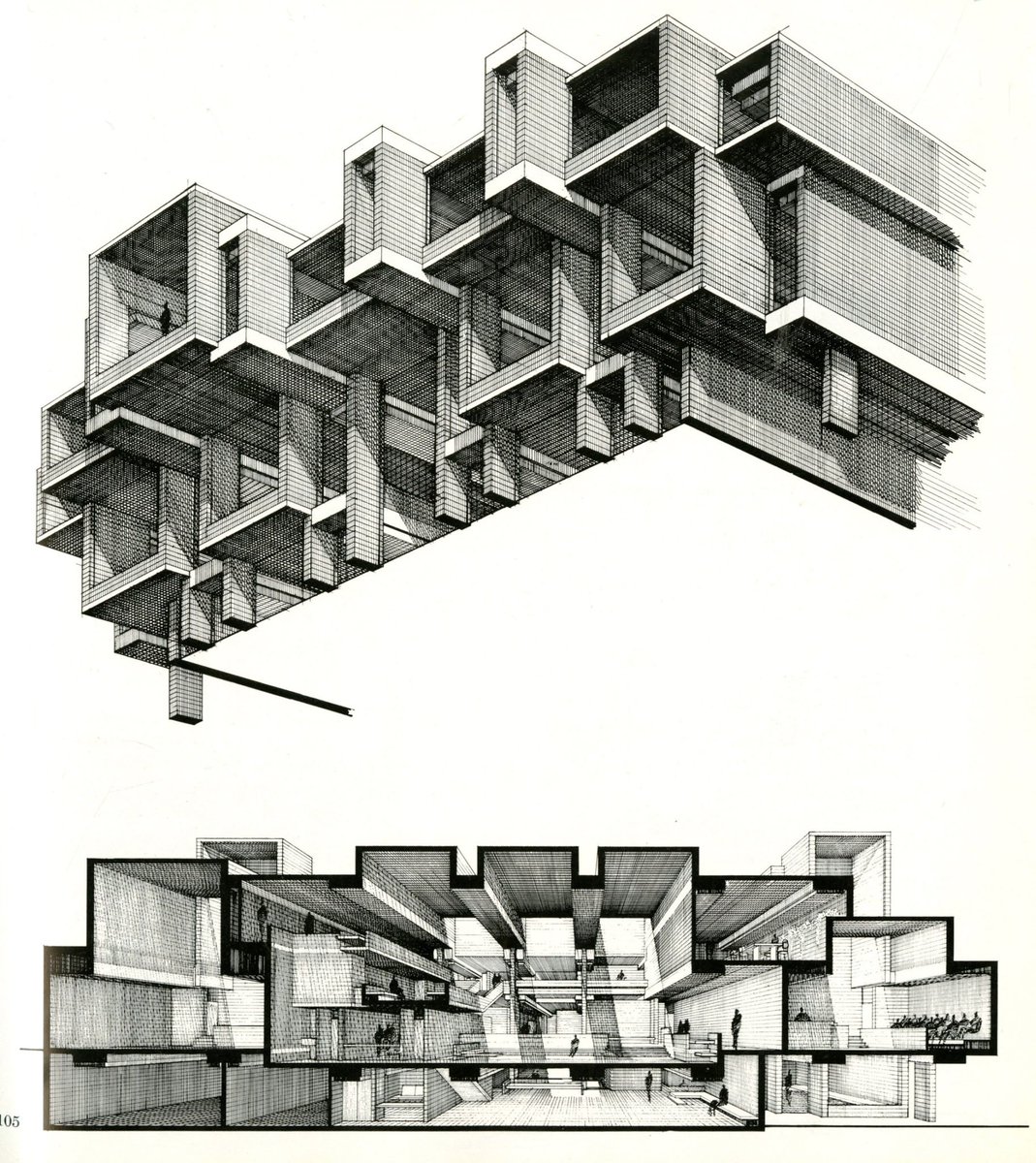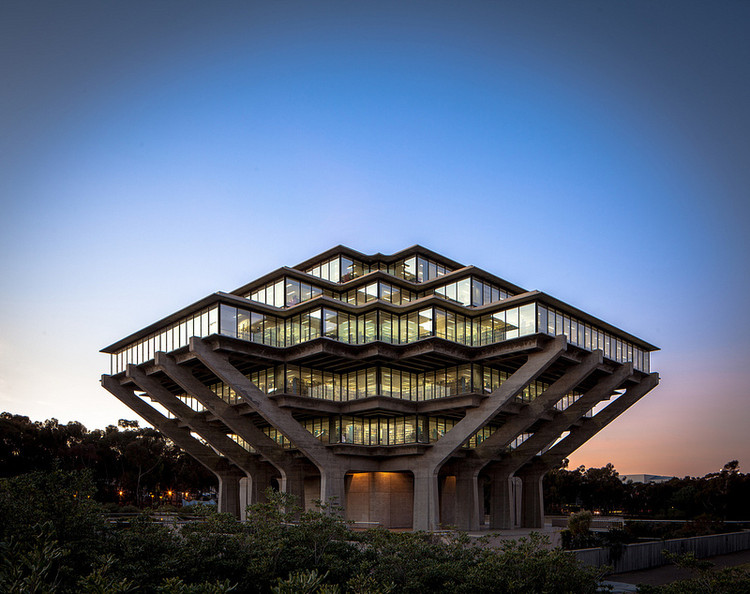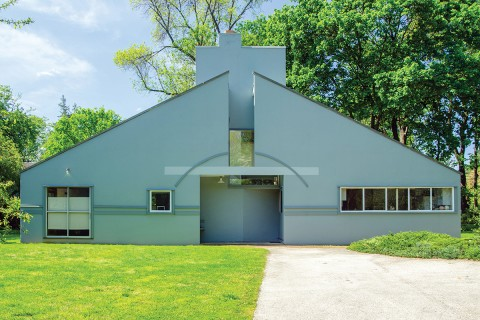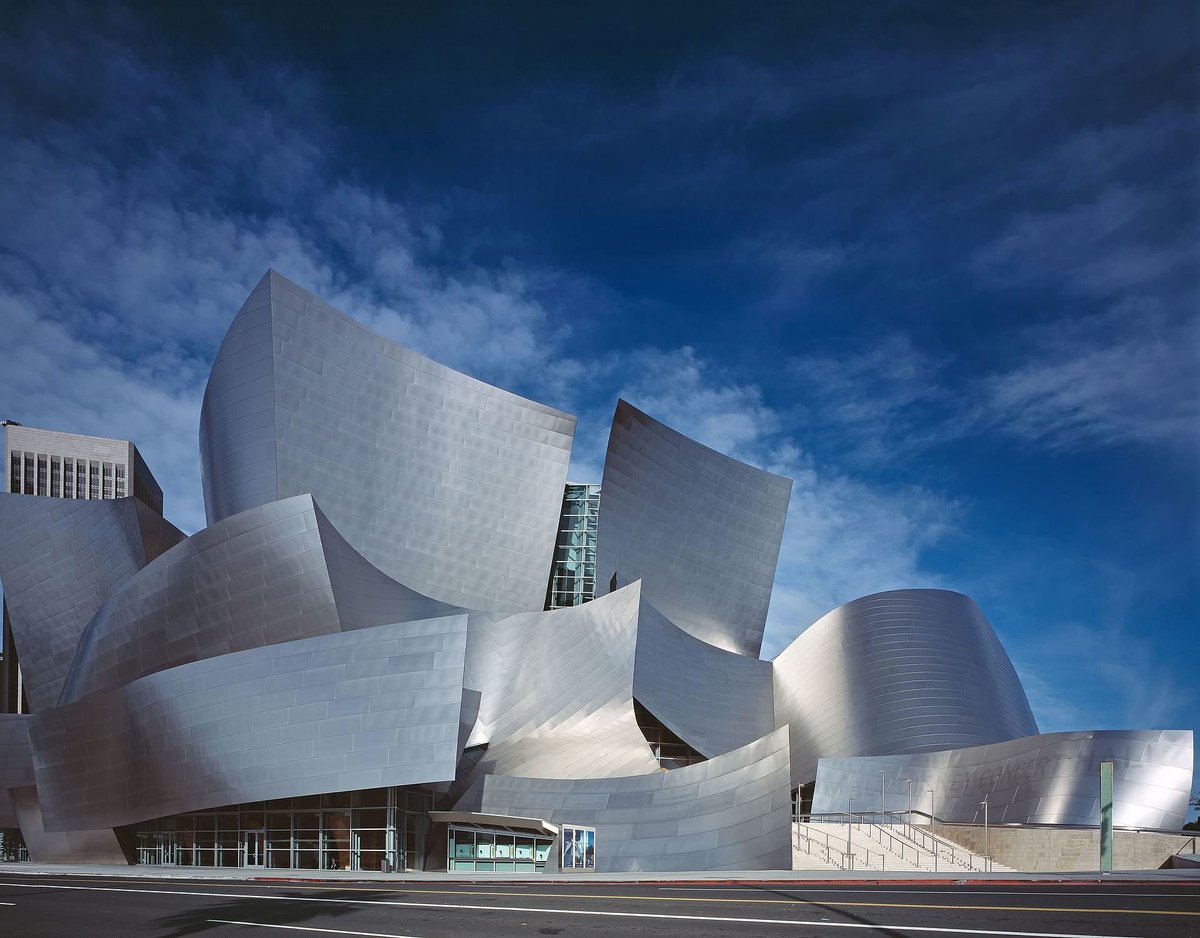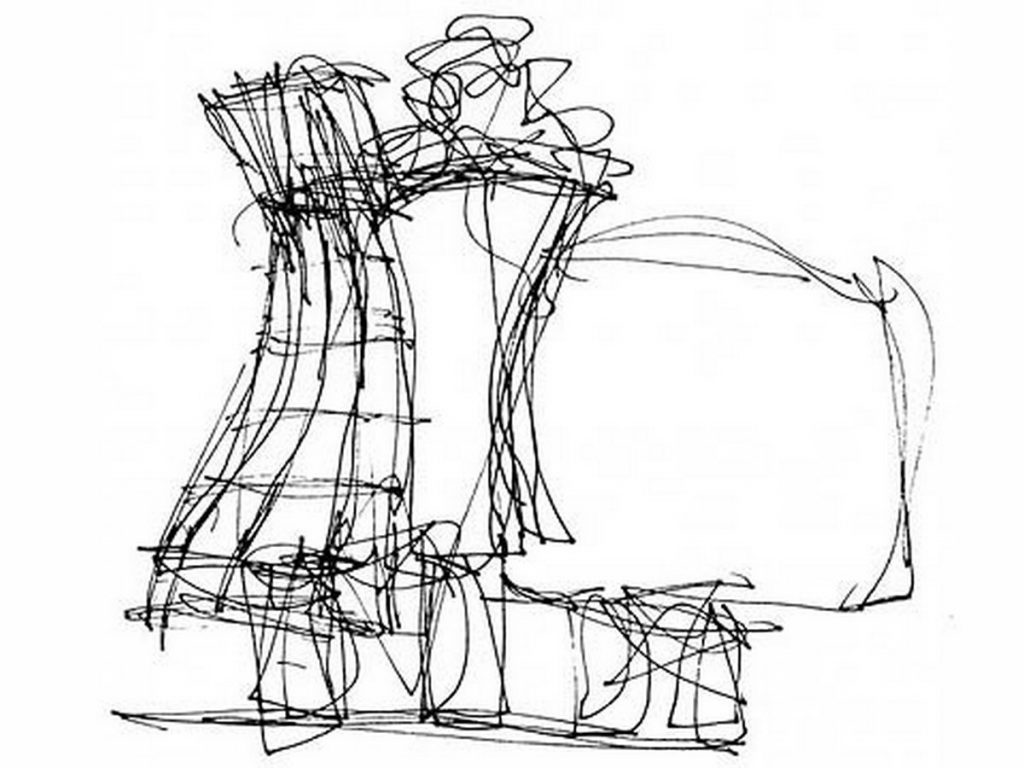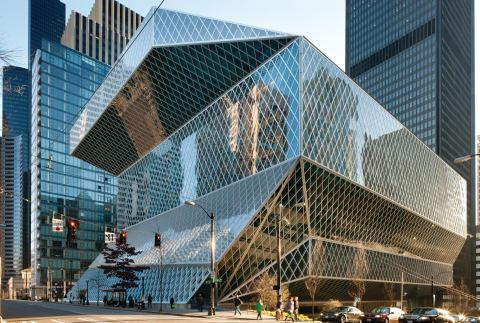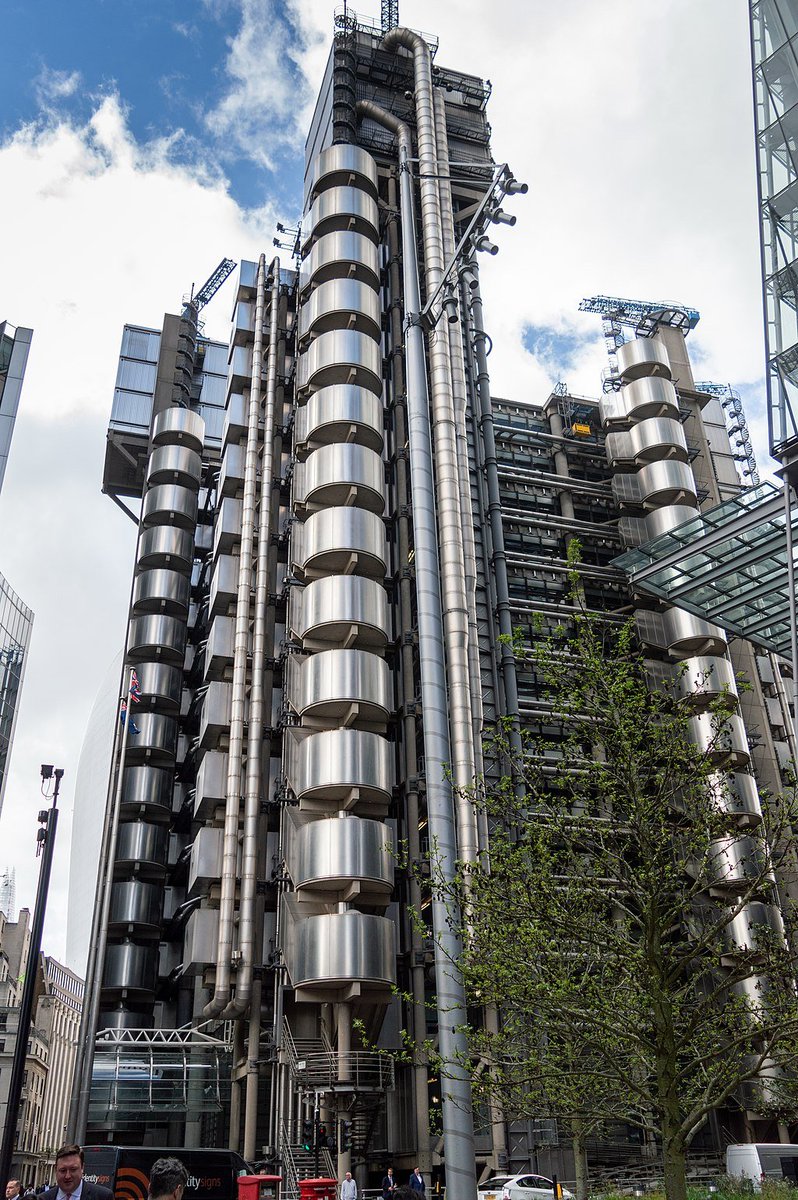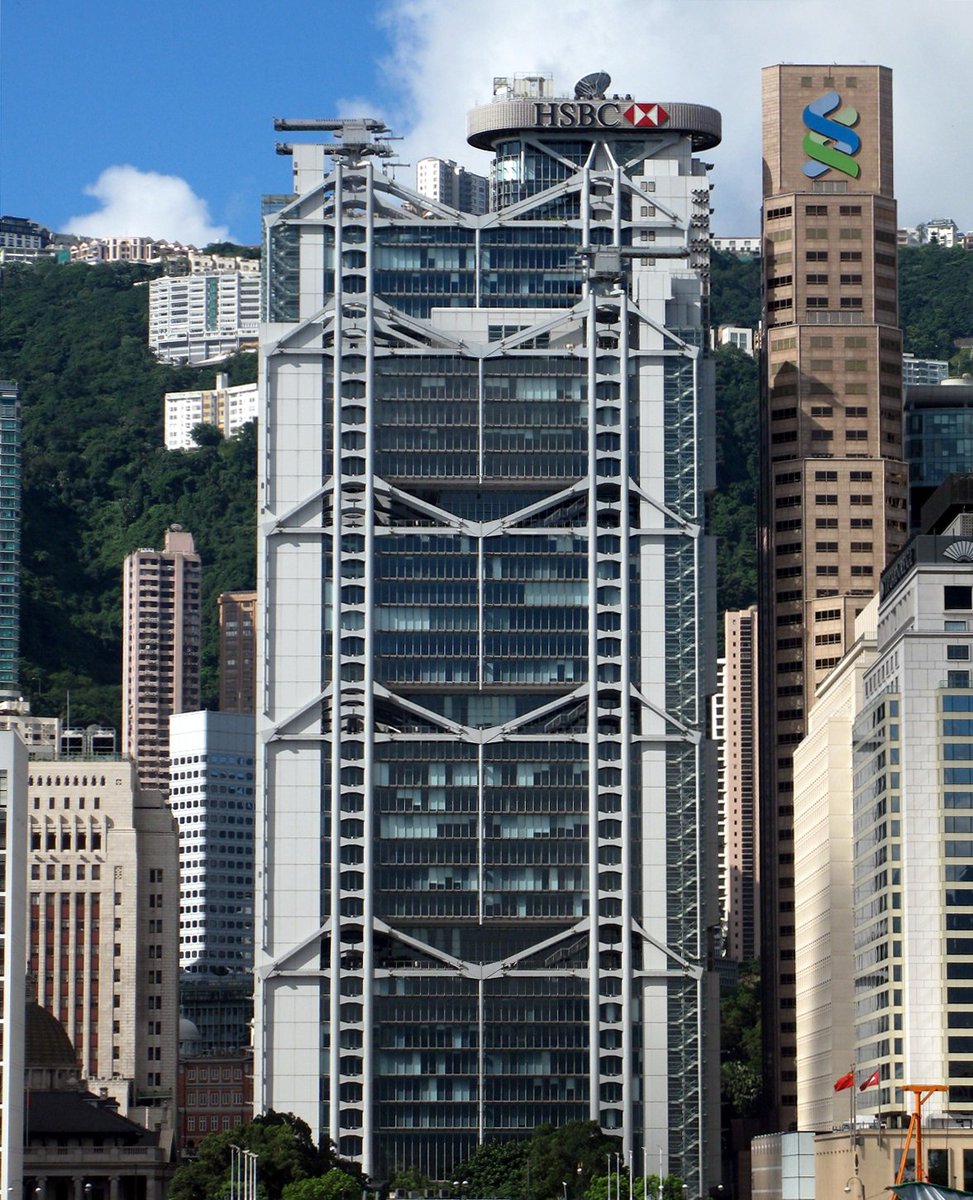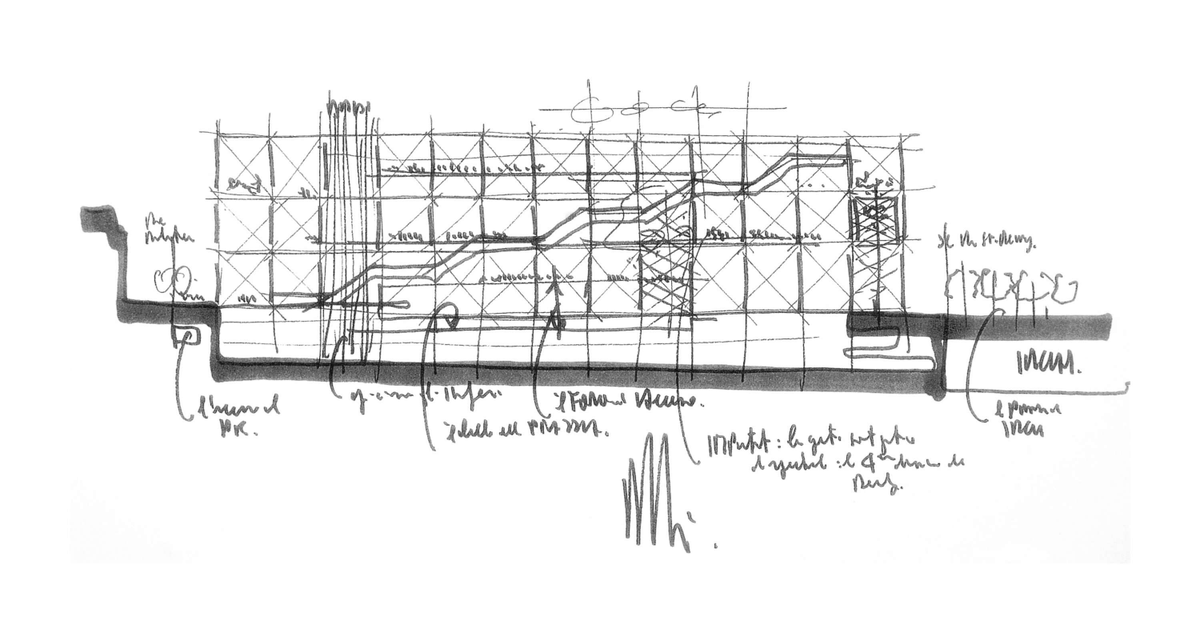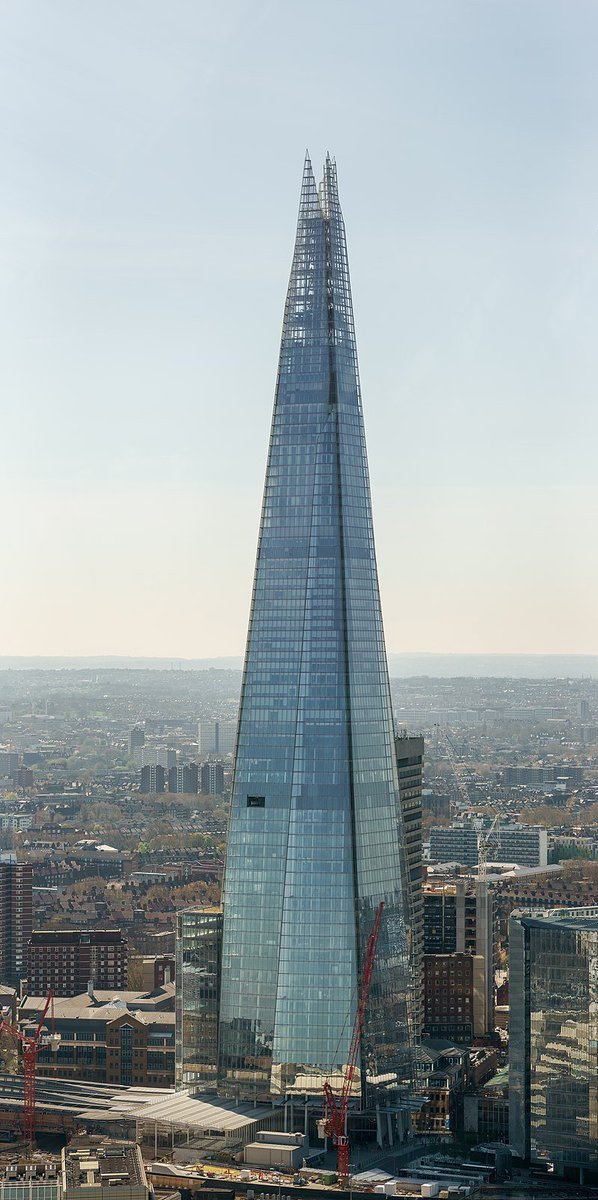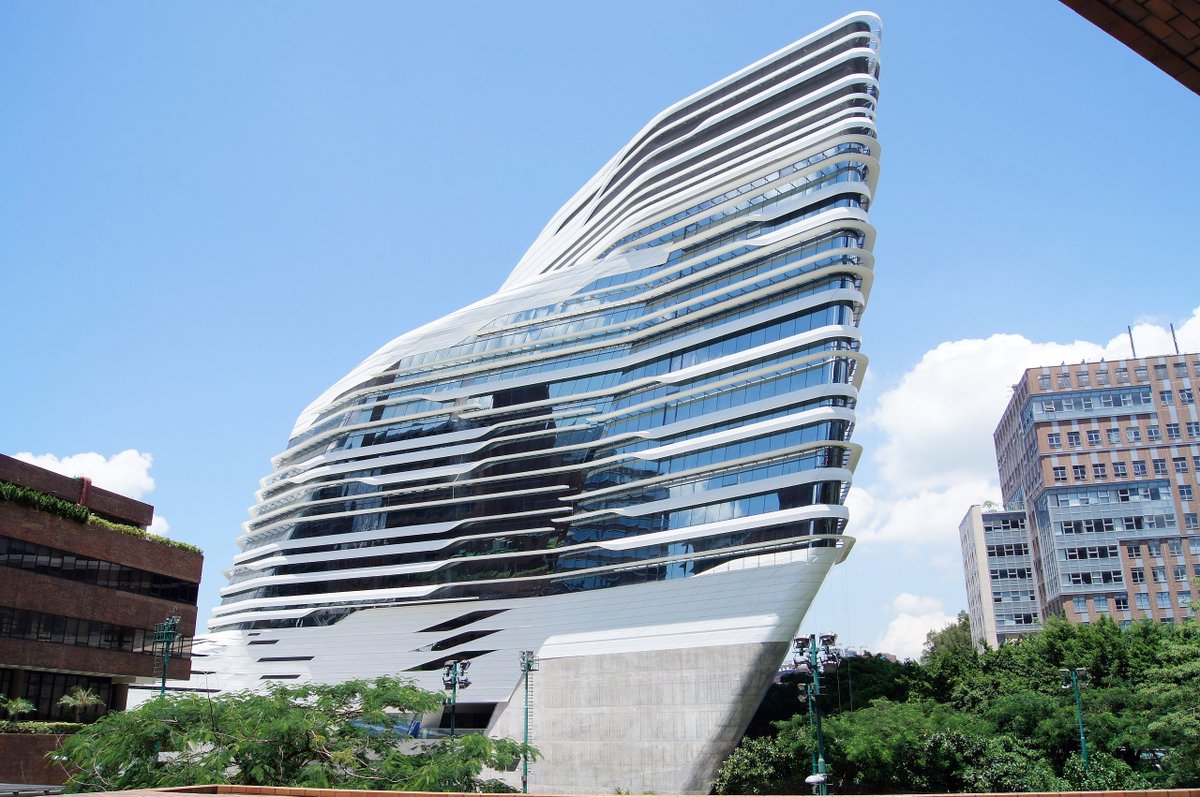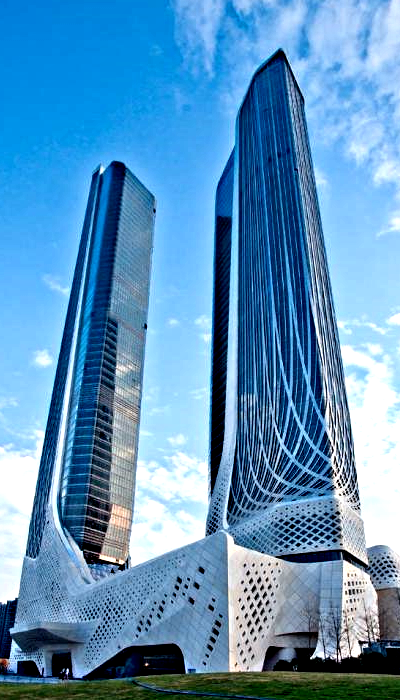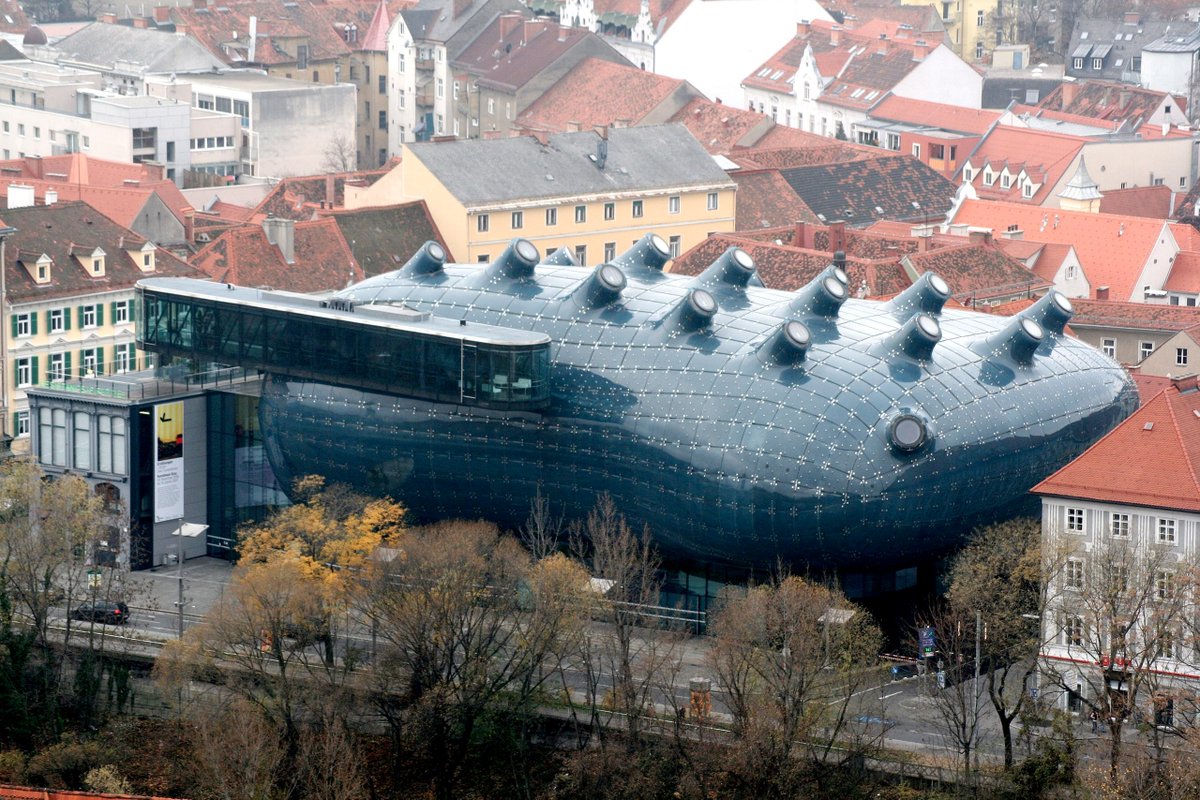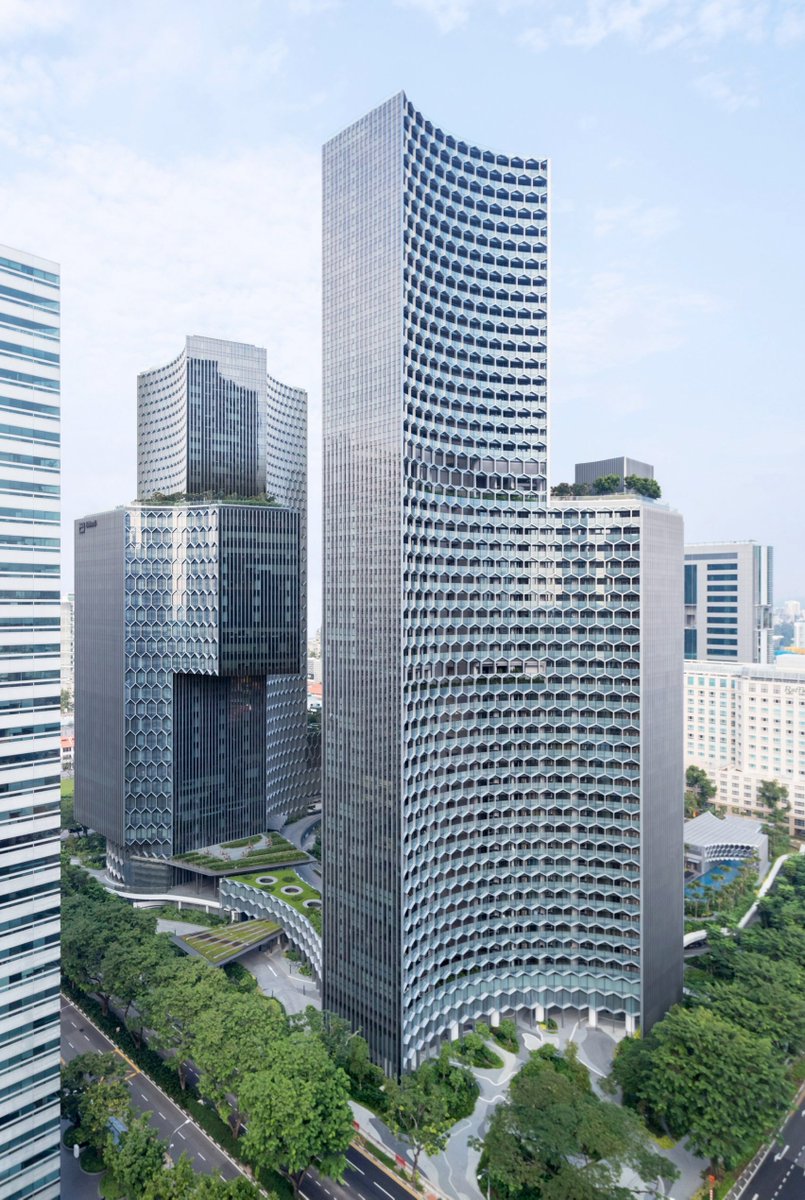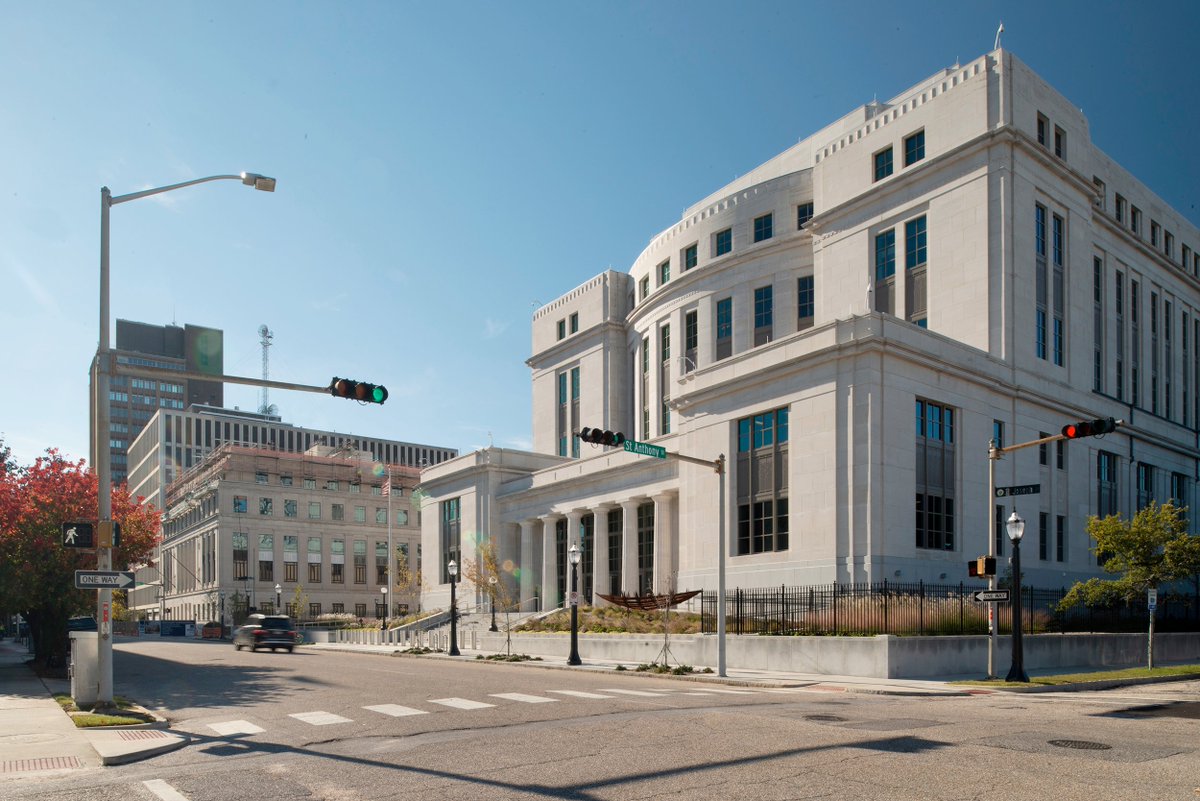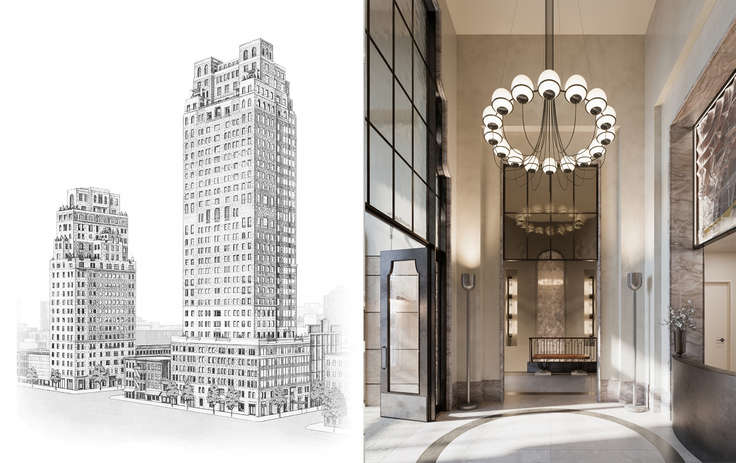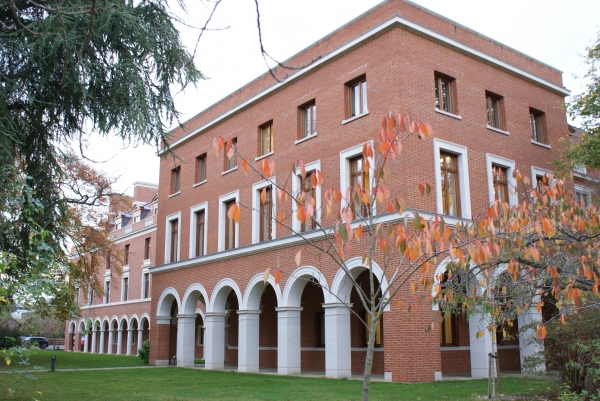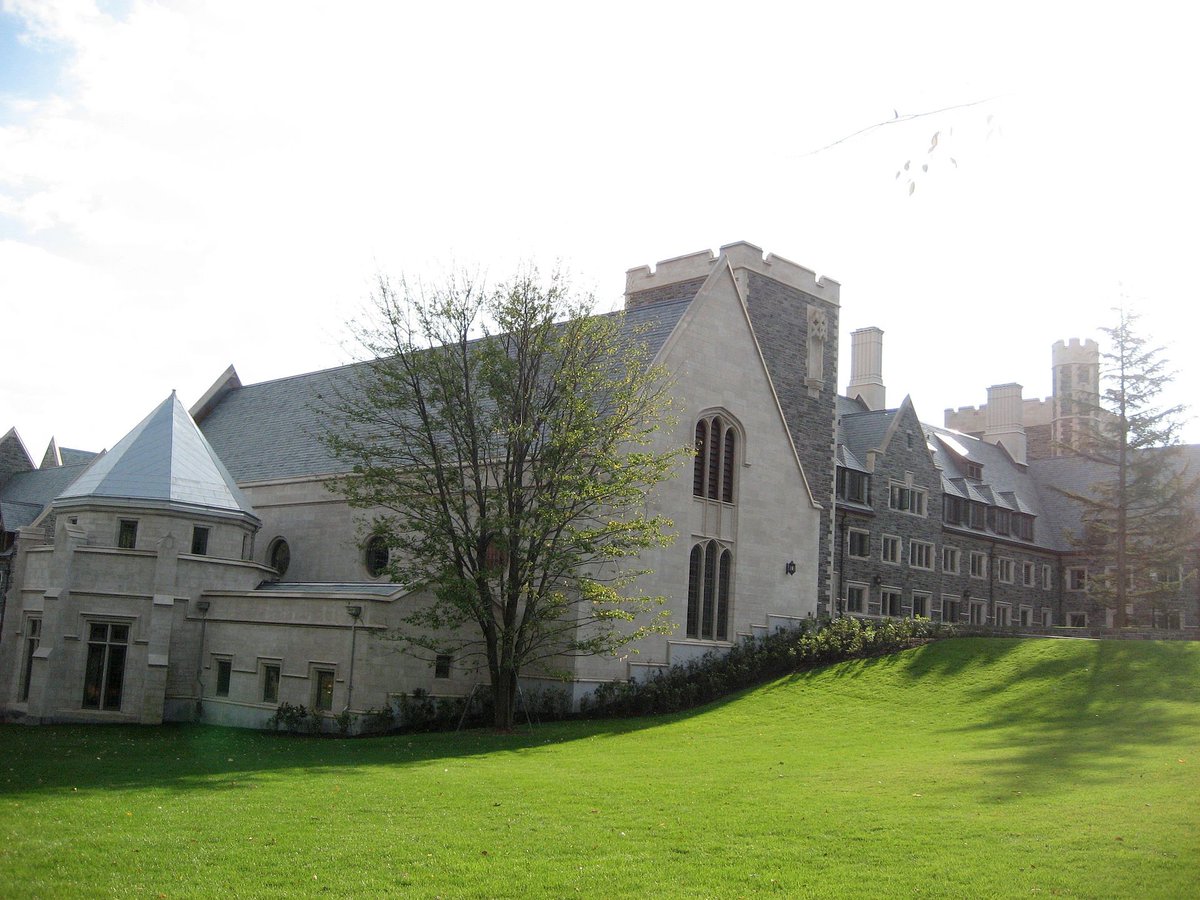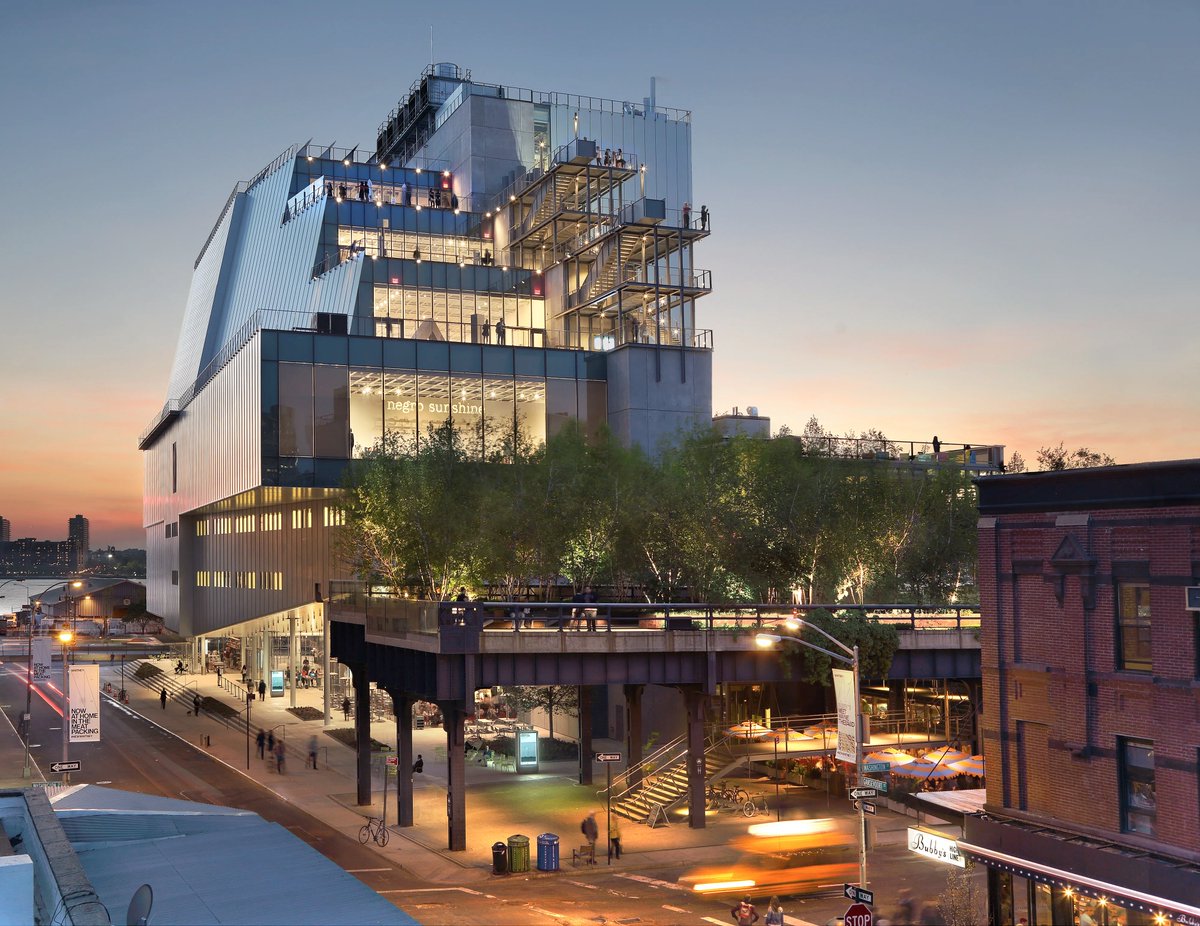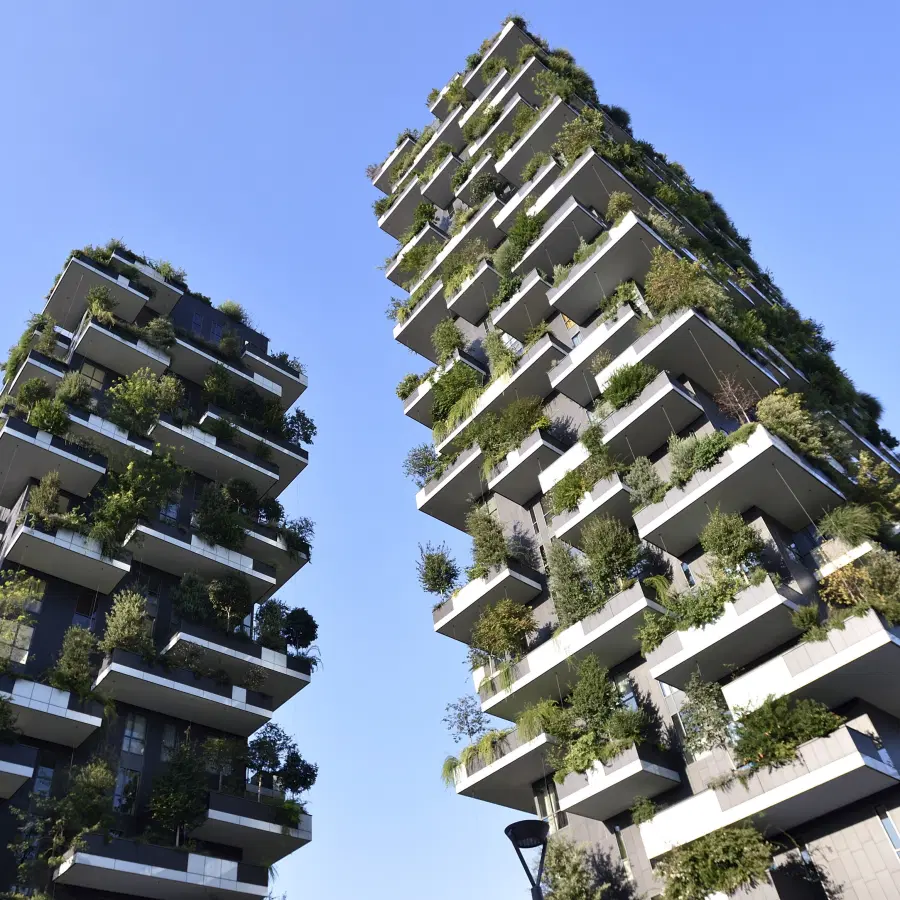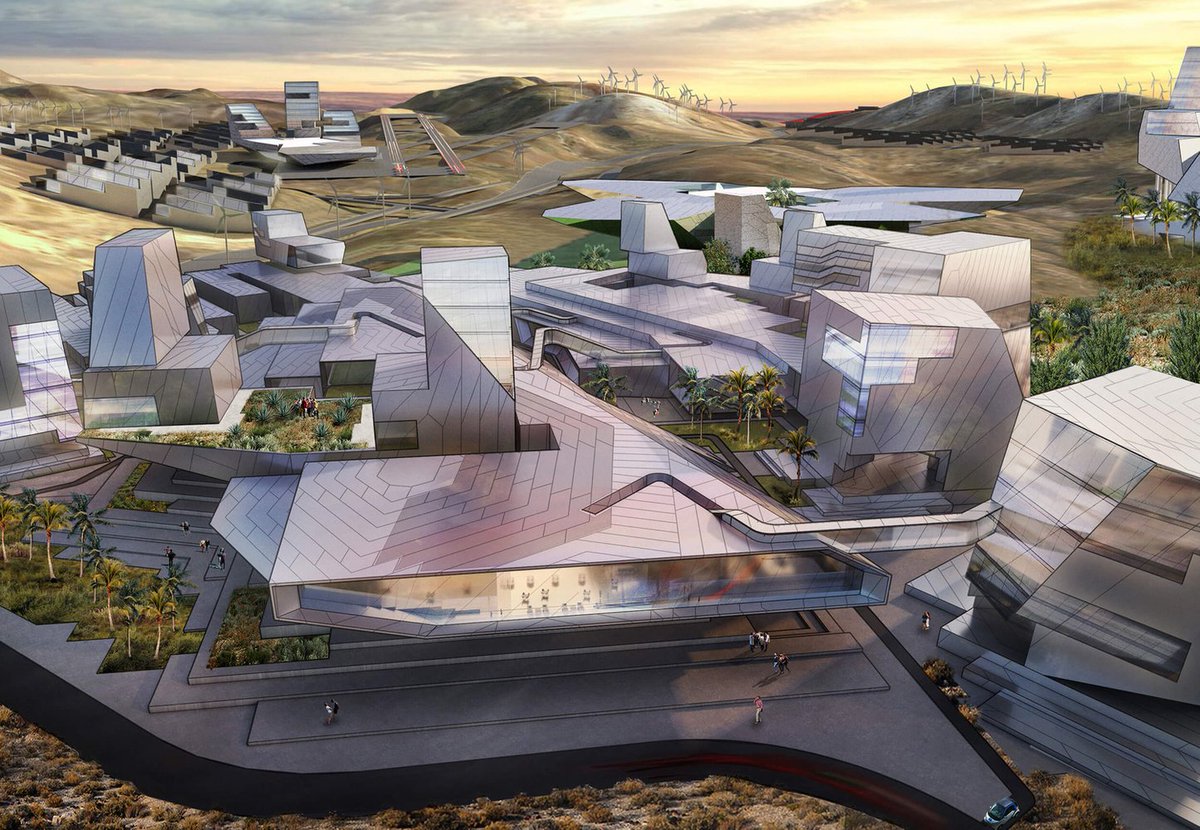1/ Architecture is call and response between competing ideologies and manifestations of values
... Futurism : Expressionism
-> Constructivism : Bauhaus
-> Art Deco : Stalinism
-> Mid Century Modern : Brutalism
-> post-modernism : High-tech
-> Neo-futurism : New Classical
-> ???
... Futurism : Expressionism
-> Constructivism : Bauhaus
-> Art Deco : Stalinism
-> Mid Century Modern : Brutalism
-> post-modernism : High-tech
-> Neo-futurism : New Classical
-> ???
2/ Futurism came out of Italy in a time of mechanization and industry. Vigorous, strong, fast and bold, Futurism used steel and concrete to build mega structures with an emphasis on function and progress.
3/ Expressionism was Germany's post WWI answer to the alienating mechanical and industrial Futurism. It was a romantic and quirky utopian style, ironically made possible by the industrial mass production of building materials.
4/ Constructivism brought about by the Russian revolution answers Expressionism with echoes of Italian Futurism. It was a pivoting back to the industrial, but this time with and emphasis on collectivist social purpose and added whimsy of Expressionism.
5/ Germany's answer to Constructivism was Bauhaus. It incorporated the proletarian and pragmatic aspects of Constructivism but emphasized a return to a more intimate and human scale.
6/ Art Deco picked up the scale and ambition of Constructivism, the crisp modern feel of Bauhaus, but it also added luxury and aesthetics back. Drawing on French Beaux Arts style and new building techniques like reinforced concrete, Art Deco reached its full potential in America.
7/ Stalinist architecture presaged the cold war as Russia's eye for an architectural rival moved from Germany to the U.S. In a response to Art Deco. The ebullient and rebellious Constructivism gave way to mass luxury, urban planning on a grand scale and triumphant imperialism.
8/ The American answer to grand and ornate collectivism was Mid-Century Modern. It hearkened back to a plainer, more honest and more personal aesthetic reminiscent of Bauhaus. Yet, the world had changed. Complexity was inevitable and we crossed the Rubicon into the atomic age.
9/ Brutalism reflected unrest and growing dissatisfaction with American hegemony. Skepticism of MCM's "honest simplicity" gave rise to hyper honest Brutalism. Its proponents describe it as "an ethic, not an aesthetic." Notably it's a worldwide style without a national locus.
10/ Post-modernism (Deconstructivism) echos the whimsy of Constructivism while turning Brutalism on its head. With all of the aesthetic appeal, but none of the (apparent) functionality of Brutalism, it is characterized by absence of harmony, rectilinear shape and predictability.
11/ High-tech post-modernism was a techno utopian response to Deconstructivism, that failed to unseat Deconstructivism in the West, but found support in the East. Advances in construction allowed structural elements to be placed on the outside, evoking transparency and openness.
12/ Neo-futurism is a synthesis of High-tech and Art Deco with a decidedly sci-fi feel. With mass despair and cynicism ascendant in the West, architecture turned East to dethrone Deconstructivism. Now starting to stir from its cynical nap, the West adopted Neo-futurist style.
13/ In an attempt to wrest back soft power from the East, New Classical Architecture in America & Britain is a sleek modern take on classical and gothic themes. It hopes to make architecture great again, but whether this simple nostalgia or the start of something new is TBD...

 Read on Twitter
Read on Twitter